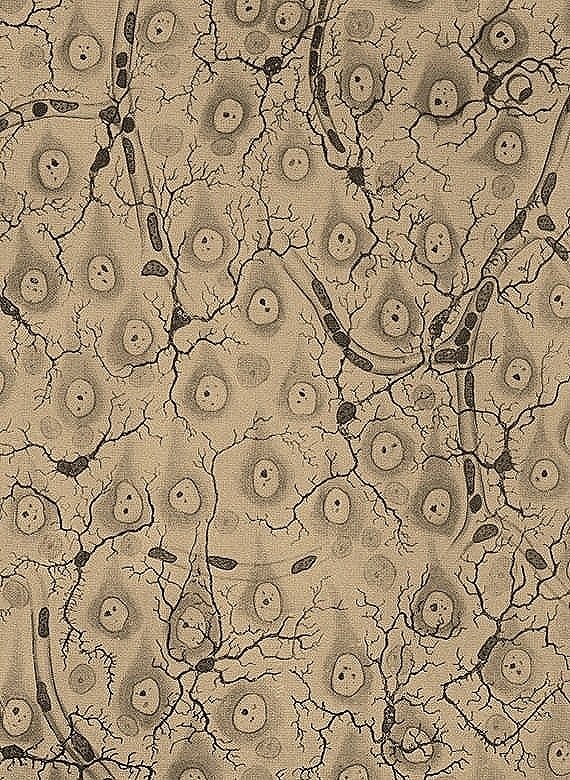
We investigate the cellular mechanisms by which microglia and peripheral immune cells damage or support neuronal function in neurodegenerative disease and aging. Approaches we use in the lab are in vivo CRISPR screens in mouse models of aging and neurodegeneration, CRISPR screens in iPSC derived microglia and neurons, transcriptomic and epigenetic measurements, and cellular/biochemical assays.
Lipid droplet accumulating microglia
We research the role of lipid droplet accumulating microglia (LDAM) in aging and Alzheimer’s disease. We’re especially interested in the role of APOE genetic variants in LDAM formation. To do this research this we utilize single cell profiling of human brain tissue, CRISPR screens in iPSC derived cells, and functional assays in iPSC derived microglia and neurons (Haney et al. 2024).
Bringing functional genomics in vivo
We recently developed an in vivo CRISPR KO screening approach to discover genetic regulators of immune cell differentiation (Haney et al. 2022). We’re now applying this technique to research questions on the aging immune system and neurodegeneration.
in vivo microglia CRISPR screens
We are applying our recently developed experimental methods to discover genetic modifiers of microglia state transitions and function in models of aging and neurodegeneration with in vivo CRISPR screens.
Functional genomics of neuroimmune interactions
We are investigating mechanisms of infiltration of peripheral immune cells into the CNS in models of aging and neurodegeneration with in vivo CRISPR screens.
Microglia-neuron interactions and genetic risk factors
We are building upon our recent discoveries in microglia from AD brain tissue to understand how AD associated genetic variants impact microglia-neuron interactions.




